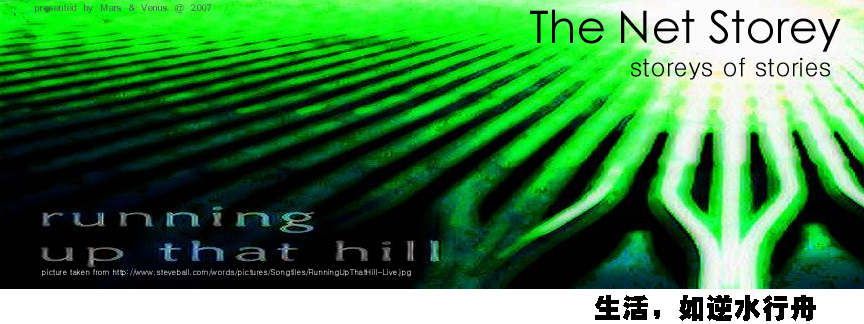Technical Analysis: Trend
Trend翻译成中文应该是“趋势”吧。在TA里,趋势是一个非常重要的指标。
趋势的定义 (Definition of Trend)
广义:trend is really nothing more than the general direction in which a security or market is headed.
狭义:Unfortunately, trends are not always easy to see. In other words, defining a trend goes well beyond the obvious. In any given chart, you will probably notice that prices do not tend to move in a straight line in any direction, but rather in a series of highs and lows. In technical analysis, it is the movement of the highs and lows that constitutes a trend. For example, an uptrend is classified as a series of higher highs and higher lows, while a downtrend is one of lower lows and lower highs.
Point 2 in the chart is the first high, which is determined after the price falls from this point. Point 3 is the low that is established as the price falls from the high. For this to remain an uptrend, each successive low must not fall below the previous lowest point or the trend is deemed a reversal.
趋势的种类 (Types of trend)
1. Uptrend (上升趋势) - a series of higher highs and higher lows (即,下一个低要比前一个高还要高,下一个高也要比前一个低还要高)。
2. Downtrend (下降趋势) - a series of lower highs and lower lows (即,下一个低要比前一个低还要低,下一个高也要比前一个高还要低)。
3. Sideways/Horizontal Trends - When there is little movement up or down in the peaks and troughs or simply sideways trend is actually not a trend on its own, but a lack of a well-defined trend in either direction. (不是上升也不是下降的趋势,就是sideways了)。
In any case, the market can really only trend in these three ways: up, down or nowhere.
趋势的性质(The properties of trend)
1. Trend Lengths: long-term trend (longer than a year), intermediate trend (1 to 3 months), short-term trend (less than a month).
A long-term trend is composed of several intermediate trends, which often move against the direction of the major trend. If the major trend is upward and there is a downward correction in price movement followed by a continuation of the uptrend, the correction is considered to be an intermediate trend. The short-term trends are components of both major and intermediate trends.
To help identify long-term trends, weekly charts or daily charts spanning a five-year period are used by chartists to get a better idea of the long-term trend. Daily data charts are best used when analyzing both intermediate and short-term trends.
2. Trendlines (趋势线)
A trendline is a simple charting technique that adds a line to a chart to represent the trend in the market or a stock.
An upward trendline is drawn at the lows of an upward trend. This line represents the support the stock has every time it moves from a high to a low. Notice how the price is propped up by this support. This type of trendline helps traders to anticipate the point at which a stock's price will begin moving upwards again.
Similarly, a downward trendline is drawn at the highs of the downward trend. This line represents the resistance level that a stock faces every time the price moves from a low to a high.
3. Channels
A channel, or channel lines, is the addition of two parallel trendlines that act as strong areas of support and resistance. The upper trendline connects a series of highs, while the lower trendline connects a series of lows.
Traders will expect a given security to trade between the two levels of support and resistance until it breaks beyond one of the levels, in which case traders can expect a sharp move in the direction of the break. Along with clearly displaying the trend, channels are mainly used to illustrate important areas of support and resistance.
以上图为例,价格一直在这个downtrend channel之间上下浮动,但维持了一段时间都没冲破这个channel之间。只要价格一直不超越这个channel,下降的趋势会持续下去。
总结 (Conclusion)
了解股市的走势是一个很基本的必需知识。老子说,“千里之行,始于足下”,所以一定要从最基本的开始了解起!
Venus
ps: Content and pictures in this article are excerpted from Investopedia.





No comments:
Post a Comment